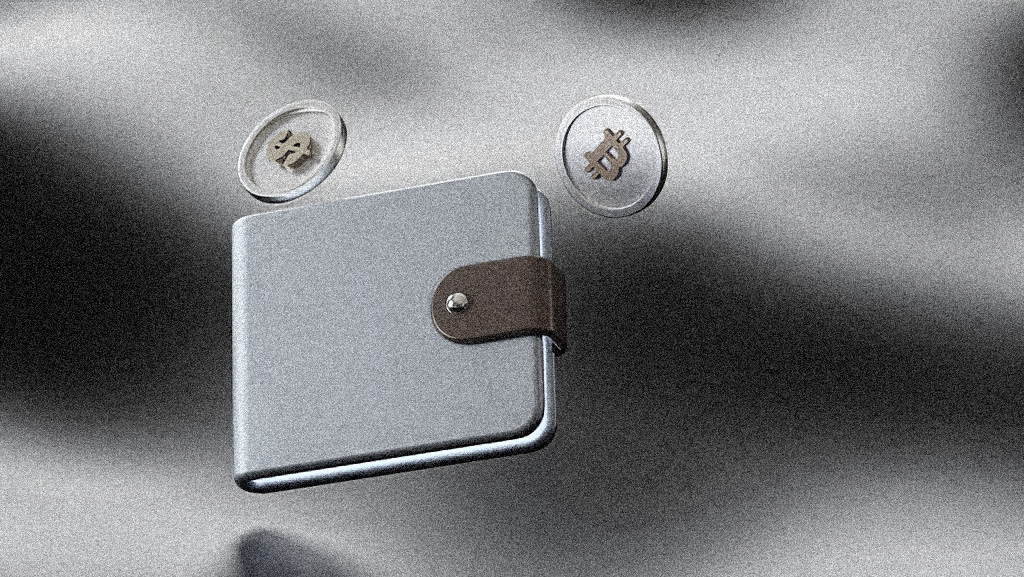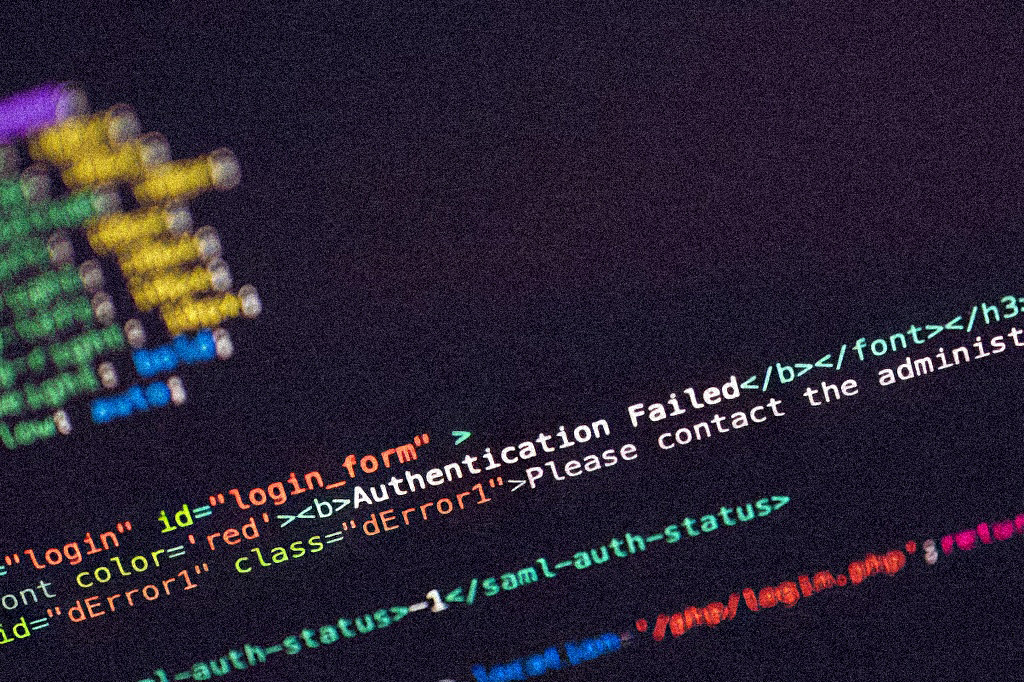How to Secure Your Web3 Wallet? Best Practices for Keeping Your Digital Assets Safe
The rise of Web3 technologies has brought about exciting opportunities for decentralized finance (DeFi), non-fungible tokens (NFTs), and digital asset ownership.
With the increasing popularity of Web3 wallets, it is crucial to understand the best practices for securing your digital assets.
The whole e-payments market is expected to reach $4.8 billion by 2025, as per Kyros Ventures. Furthermore, the number of investments poured into the Web3 wallet applications is approximately $3.3 billion. Recently, the leading Web3 wallet company ConsenSys – Metamask raised $450 million, bringing the company’s valuation to $7 billion.
Let’s explore essential tips and strategies to help you protect your Web3 wallet and safeguard your valuable cryptocurrencies and tokens.

Choose a Reliable and Secure Web3 Wallet:
When it comes to selecting a Web3 wallet, it’s crucial to prioritize security and opt for options that have proven their reliability. Web3 wallets are digital wallets specifically designed to interact with decentralized applications (dApps) and blockchain networks, enabling users to manage their private keys and securely store cryptocurrencies and other digital assets.
Choosing a well-established and reputable Web3 wallet is essential because these wallets have typically undergone rigorous security audits, which involve thorough examinations of their code, infrastructure, and overall security measures. Such audits are conducted by independent security firms to identify potential vulnerabilities and ensure the wallet’s robustness against common attack vectors.
Wallets like MetaMask, Trust Wallet, and Ledger Live—are just a few examples of well-established options in the Web3 wallet landscape. They have earned their reputation by employing strong encryption algorithms, adhering to industry best practices, and undergoing security audits. However, it’s always advisable to conduct thorough research and consider factors such as community trust, wallet features, compatibility with the desired blockchain networks, and ongoing development and support before making a final decision on which wallet to use.
Enable Two-Factor Authentication (2FA):
Adding an extra layer of security to your Web3 wallet is crucial to protect your digital assets from unauthorized access. Two-factor authentication (2FA) is an effective security measure that provides an additional layer of verification beyond just a password. By enabling 2FA, you significantly reduce the risk of someone gaining access to your wallet even if they somehow obtain your password.
When setting up 2FA for your Web3 wallet, it’s recommended to use authenticator apps or hardware tokens. Authenticator apps, such as Google Authenticator, Microsoft Authenticator, or Authy, generate time-based one-time passwords (TOTPs) that you need to provide along with your password during login. These apps are installed on your mobile device and can generate unique codes even when you’re offline, adding an extra level of convenience and security.

Regularly Update Your Wallet Software:

Most wallets have an auto-update feature that prompts you to install the latest version when it becomes available. Alternatively, you can check the wallet’s official website or relevant app stores for updates.
It’s worth noting that before updating your wallet software, it’s a good practice to back up your wallet’s private keys or recovery phrases, if applicable. This ensures that you can recover your wallet in case any issues arise during the update process.
Safeguard Your Private Keys:
Private keys are the critical components that grant access to your Web3 wallet and control your digital assets. Safeguarding your private keys is paramount to maintaining the security of your wallet and protecting your funds. Here are some essential practices to ensure the security of your private keys:
Generate Strong Private Keys:
When creating a Web3 wallet, ensure that your private keys are generated using a strong cryptographic algorithm.
Store Private Keys Offline:
Keeping your private keys offline, also known as cold storage, provides an added layer of security.
Backup Your Private Keys:
Multiple backup copies should be made to avoid loss in case of physical damage or theft. Ensure that the backup medium is resistant to damage, such as fire or water, and consider encrypting the backups to protect them from unauthorized access.
Avoid Sharing or Storing Private Keys Digitally:
Never share your private keys with anyone, and avoid storing them in digital formats such as plain text, email, or cloud storage.
Be Cautious of Phishing Attempts:
Phishing is a common tactic used by attackers to trick users into revealing their private keys or other sensitive information. Be vigilant when interacting with websites or links that request your private keys.
Keep Software and Antivirus Programs Up to Date:
Regularly updating your operating system, wallet software, and antivirus programs is crucial to maintaining the overall security of your system.
Consider Multi-Signature Wallets:
Multi-signature wallets require multiple private keys to authorize transactions. This setup adds an extra layer of security, as it requires the involvement of multiple parties or devices to access and manage funds.
In conclusion
Securing your Web3 wallet is paramount to safeguarding your digital assets in the fast-growing world of cryptocurrencies and blockchain technology. By following these best practices, including choosing a reliable wallet, enabling 2FA, updating software regularly, and protecting your private keys, you can significantly reduce the risk of theft and ensure the safety of your funds.
Remember, the cryptocurrency landscape is constantly evolving, and new threats may emerge. Stay informed, remain vigilant, and prioritize security to enjoy the benefits of Web3 technologies while keeping your digital assets safe and secure.


